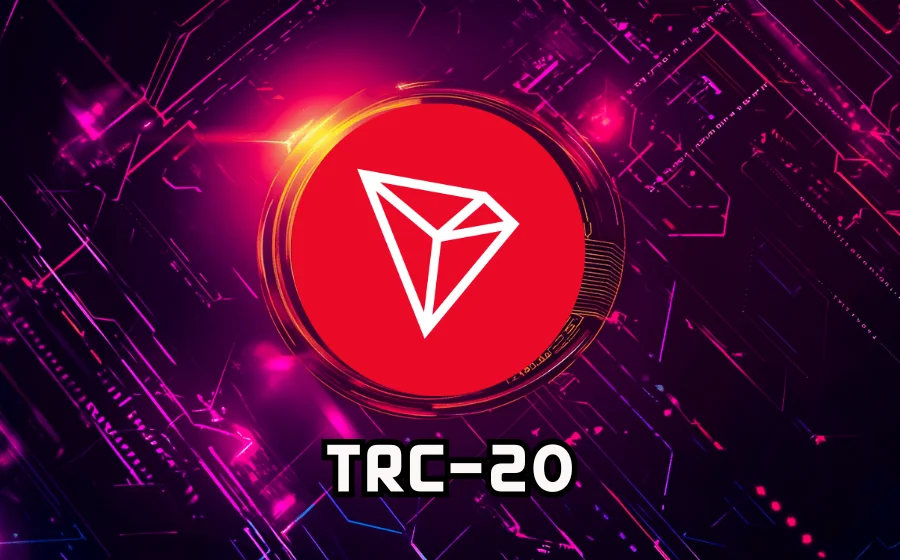
KEYTAKEAWAYS
- The Backbone of Blockchain Integrity
Data Availability ensures that all nodes can access and verify transaction and block data, maintaining trust and preventing invalid or missing information from disrupting consensus.
- 3 Core Solutions
Modern blockchain ecosystems rely on DAL, DAS, and DAC models — combining redundancy, sampling, and decentralized verification to secure and scale data access.
- Balancing Security and Scalability
While Data Availability enhances efficiency, it introduces trade-offs between interoperability, performance, and security — central to solving the blockchain trilemma.

CONTENT
Data Availability is the foundation of blockchain scalability and trust, ensuring every node can access, verify, and validate on-chain data efficiently across decentralized networks.

WHAT IS DATA AVAILABILITY?
In the blockchain world, Data Availability is one of the core pillars that ensures transparency and trust.
While blockchain technology guarantees decentralization and immutability, it doesn’t automatically guarantee that every participant can access and verify the data stored on-chain — such as transactions, block details, or the state of the ledger.
If data cannot be fully retrieved, nodes can’t verify the validity of a block, ultimately threatening the network’s integrity.
📌 How Does Data Availability Work?
There are several mainstream Data Availability solutions designed to ensure every node in a blockchain can access the information it needs without overloading the network.
The most common ones include the Data Availability Layer (DAL), Data Availability Sampling (DAS), and the Data Availability Committee (DAC) — each addressing different challenges in scalability and verification.
>>> More to read: What is a Node in Crypto?
1. Data Availability Layer (DAL)
A Data Availability Layer separates the task of storing and verifying data from other blockchain functions such as transaction execution or consensus.
This layer can operate either on-chain or off-chain and focuses exclusively on ensuring that data remains retrievable and verifiable.
✏️ DAL systems typically rely on two key techniques:
- Erasure Coding (EC): Splits data into multiple fragments with redundancy so that even if some pieces are lost, the full dataset can still be reconstructed.
- Data Sharding: Divides large datasets into smaller parts stored separately to improve scalability and fault tolerance.
By combining these methods, DALs maintain data accessibility even during node failures or temporary outages.
2. Data Availability Sampling (DAS)
Data Availability can also be achieved through sampling, a probabilistic technique that allows nodes to verify data integrity without downloading an entire block.
Instead, nodes randomly check small portions of the data, significantly reducing the computational and storage burden.
✏️ This approach ensures that:
- Lightweight nodes can still participate in network validation;
- The blockchain maintains decentralization and efficiency;
- The probability of detecting unavailable data remains extremely high.
The underlying idea is simple — if the sampled data is accessible, it’s highly likely that the rest of the dataset is as well.
3. Data Availability Committee (DAC)
A Data Availability Committee consists of a group of trusted or elected nodes responsible for ensuring that all blockchain data — including transactions and state updates — is properly stored and accessible to network participants.
DACs play a crucial role in Layer 2 solutions like rollups or sharded blockchains, where data may be distributed across multiple segments.
Through decentralized voting and consensus, DACs help prevent single points of failure while maintaining efficient off-chain computation and reliable on-chain verification.
🔍 Why Data Availability Matters
In the era of modular blockchains, Data Availability is more than just a technical concept — it’s the foundation of blockchain scalability and trust.
Projects like Celestia, EigenDA, and Avail are pioneering new architectures to make blockchains faster, lighter, and more transparent.
Ultimately, whoever masters Data Availability will hold the key to the next generation of blockchain infrastructure.
>>> More to read: The Truth About Bitcoin: 15 Myths Everyone Gets Wrong
THE IMPORTANCE OF DATA AVAILABILITY
Data Availability plays a critical role in blockchain security and functionality, as it ensures that every node can verify new blocks and transactions accurately. Without it, block validation and consensus would break down. Below are the key areas where Data Availability matters most:
✅ Block Propagation
When a new block is created, it must be broadcast across the entire network. For this process to work, all nodes must be able to access the block’s full data. Reliable Data Availability ensures that blocks can be shared, verified, and synchronized efficiently across the system.
✅ Transaction Verification
Every transaction within a block must be checked to confirm that it follows the network’s rules — such as signature validity, balance sufficiency, and non-duplication.
Nodes rely on complete access to transaction data to perform these verifications correctly. Without full Data Availability, nodes could miss invalid or malicious transactions.
✅ Block Header Validation
Data Availability also enables nodes to confirm that each new block properly references and connects to the previous one.
This process ensures the chain’s continuity — verifying hashes, timestamps, and linkage integrity — so nodes can confidently append the new block to the blockchain.
✅ Consensus Compliance
For a blockchain to maintain integrity, every block must adhere to its consensus rules, whether it’s Proof of Work (PoW) or Proof of Stake (PoS).
To validate these rules, nodes require full access to essential block data such as hash values, difficulty levels, or validator signatures. Data Availability guarantees that this information is always accessible for accurate consensus verification.
>>> More to read: Blockchain Forks: Understanding Hard Forks & Soft Forks
DATA AVAILABILITY CHALLENGES
While Data Availability is essential for blockchain performance and security, it also introduces new challenges as networks grow more complex and interconnected. Balancing scalability, interoperability, and security remains one of the toughest problems in blockchain design.
1️⃣ Interoperability Issues
As blockchain ecosystems evolve, different networks are developing their own Data Availability solutions — from modular DA layers like Celestia to customized committees and hybrid sampling models.
Although this diversity fosters innovation, it also creates interoperability challenges:
How can these distinct systems share or verify data across chains?
Cross-chain operability requires standardized protocols and trust frameworks to ensure that data remains verifiable and consistent even when moving between different environments.
2️⃣ The Scalability–Security Trade-off
Improving Data Availability can enhance scalability by allowing more efficient data verification and faster block propagation.
However, expanding accessibility may also weaken network security, as lighter verification models could increase exposure to malicious or incomplete data.
This trade-off reflects the essence of the Blockchain Trilemma — finding a sustainable balance between decentralization, scalability, and security.
Before implementing any DA solution, developers must carefully evaluate the risks and long-term implications for both performance and trust.
✏️ Conclusion
In essence, Data Availability refers to the ability of blockchain participants to access and verify on-chain data, ensuring network integrity and transparency.
Modern solutions such as the Data Availability Layer (DAL), Data Availability Sampling (DAS), and Data Availability Committee (DAC) each play crucial roles in this mission.
As blockchain adoption expands, Data Availability will continue to shape the foundation of scalable, interoperable, and secure decentralized systems — defining the next era of blockchain architecture.

















